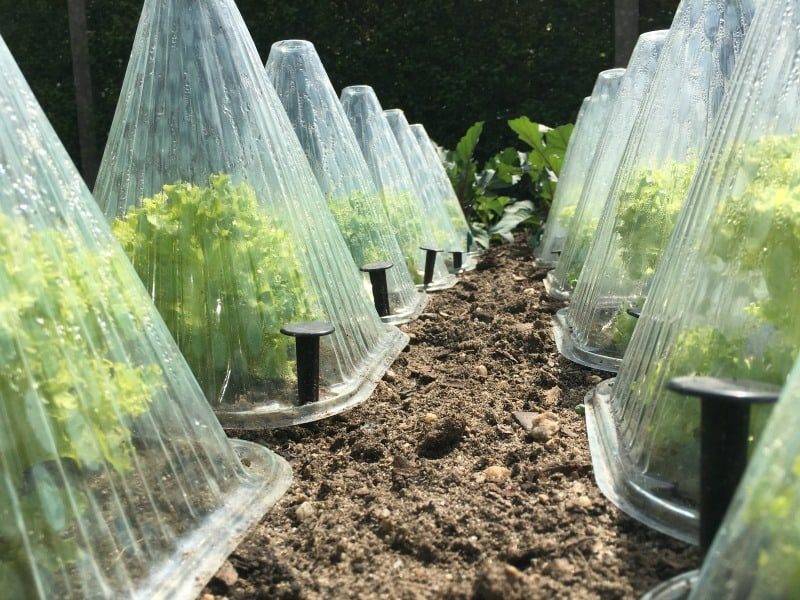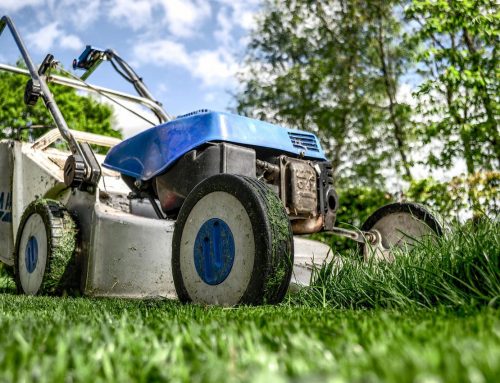January is the month of hope and anticipation in the garden. Most plants will be dormant, waiting for the warmer weather before they stir into life. Some, however, are already preparing for the new year ahead. Bulbs will be pushing out of the soil – especially snowdrops and early narcissi. Other early flowering plants include aconites, hellebores and crocuses. Make sure they are cleared of winter debris so that they can shoot straight and true before flowering. This is a job that should be done in late autumn, but sometimes leaves still fall from trees and dead growth will topple onto the bulb shoots. Give them a fighting chance by tidying up.
Don’t be tempted to just sit back in January and wait for warmer weather. There is a long list of jobs that can be tackled even when the thermometer is struggling. Pruning, seed sowing, looking after tools, taking cuttings and dividing plants can all be done in January. Don’t work the soil in frosty weather – leave well alone for the frost to help you. Old-time gardeners swore that digging over the soil – especially a heavy or clay soil – before a frost meant the clods would be broken up by the frost and so produce a better tilth. Frosty weather does help to kill off some of the bugs and diseases that plague you in the summer.
Pruning wisteria can be done in January. If yours is clambering over your house or an outbuilding, take care to remove any shoots that are threatening the guttering or pushing under your roof. Try to prune so that you create a manageable plant. Wisteria can easily get congested. Shrubs like lilac will also benefit from some pruning to keep them in shape. Treat climbing hydrangeas in the same way as wisteria.
If you have ordered bare-root plants but can’t plant them out due to frozen ground, heel them in. A box of damp soil or compost in the greenhouse or shed will serve to keep the roots from drying out. I have found leaf mould useful for this when nothing else is available. If you have a container for your leaf mould, be sure to keep it moist. Add some water while you turn the leaves over.
Dig or no dig is a debate that goes on among gardeners. If you favour digging your garden, choose a dry warm day when there is no frost on the ground. Incorporate homemade compost or well-aged horse manure to give your soil a boost. If you favour no dig, just spread the compost or manure on the surface and leave the hard work of drawing it into the soil to the worms. Later in the spring you can lightly fork the surface if you need a fine tilth.
It might seem cold for seed sowing, but some seeds need to be sown now to get those early crops. Broad Beans can be sown in cells in a cold greenhouse. Onion seed sown now will save you the trouble and expense of buying onion sets later in the year. Sow the seed in a seed tray using a multi-purpose compost. Once sown cover with a light sprinkling of compost and place on a warm windowsill until they germinate. Plant into individual cells when they can be handled and plant out in April.
Sweet Peas can also be sown in a cold greenhouse if you did not manage to get the job done in December. Sweet Pea plants can be pinched out when they are large enough to promote bushier plants. Celery and celeriac are slow growers, so sowing now gives them a head start.
January is also a good month to take up a couple of rhubarb crowns and pot into suitable containers. Cover with old buckets or pots to force the young shoots. Keep an eye on their progress and then pick the fresh young shoots when they are ready for use in pies or fools. While dealing with fruit, January is a good month to prune apple trees. Take out any damaged branches and then stand back and look at the shape of the tree. Sometimes branches will be crossing others or growing inwards. Cut these out to keep an attractive open shape that will produce a better crop.
Seed beds can be prepared and covered with plastic sheeting to warm them up ready for sowing in the spring. Check paths and beds for winter weeds. Remove them to avoid trouble later in the year. Recycle your old Christmas tree by shredding it and adding it to your compost heap. Check all your tools and clean or repair them if necessary. Service your mower and any other machines you use. If any fences need painting or repair, now is the month to do it. You won’t have time once gardening starts in earnest. Clean pots and seed trays, wash greenhouse glass and keep your greenhouse ventilated. Opening the door or vents for an hour a day will help keep fungal spores at bay.
Update your plans for your garden. Order seeds if you can, and your seed potatoes. These can be chitted at the end of the month in a frost-free shed.
Above all, enjoy the month. There is a whole gardening year ahead, and it’s going to be great!





Leave A Comment